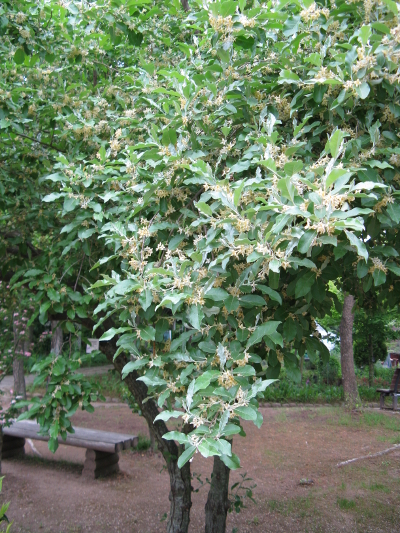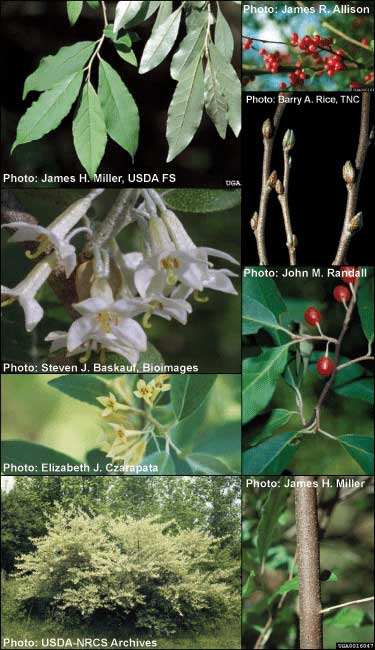autumn olive tree identification
Autumn olive should be reported. Autumn olive leaves are dark green on top and silver-gray on the underside lance-shaped or elliptic with entire wavy margins.
Identification of Autumn Olive.
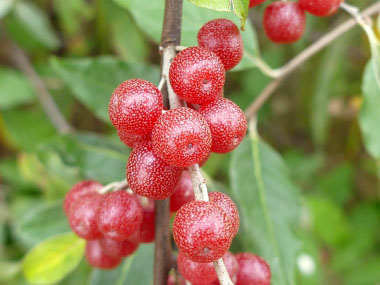
. The plant may grow to a height of 20 feet. Download the free Outsmart Invasive Species App to your smartphone an. This plant out-competes native vegetation and taxes water reserves when established along waterways.
The leaves have a dintinctive silver underside. Tube- or bell-shaped fragrant and borne in. The twigs and branches are covered with small silvery to rust colored scales and short spur twigs often have a.
2019 Status in Maine. A slow-growing deciduous shrub that produces fragrant silvery-white to yellow flowers from February to June and many red berries from August to NovemberThis shrub with scattered thorny branches can grow 3 to 20 feet tall. The tree leafs out early shading other native plants and decreasing diversity.
Twigs are slender silvery and scaly with. They are creamy white to. Autumn Olive Elaeagnus umbellata Thunberg Description Autumn olive is a deciduous shrub or small tree in the Oleaster family.
Learn to identify the invasive shrub Autumn Olive in this fast paced video field guide. Autumn olive Elaeagnus umbellata ELUM is a bushy leafy shrub native to Asia. Molly OBoyle Fairfax Master Gardener talks all about Autumn Olive Elaeagnus umbellata Thunb why its invasive how to identify and remove it and more.
With age the twigs take on the light gray appearance of the main stem. Autumn olive Elaeagnus umbellata is a deciduous shrub native to Asia that has spread as an invasive species throughout the United StatesIntroduced in 1830 as an ornamental plant that could provide habitat and food to wildlife Autumn olive was widely planted by the Soil Conservation Service as erosion control near. Autumn Olive is a deciduous shrub that can grow quite tall.
The Minnesota Department of Natural Resources provides detailed recommendations for reporting invasive species. It was commonly planted for wildlife food and cover. For a very common tree this is generally not thought of as a good source of food for humans yet a large number of compounds have been derived from Russian olive making this tree a good source of.
Perennial deciduous shrub up to 10-15 tall and wide usually very branched with silvery andor brown scales along twigsSome plants bear 1 woody spines. Autumn olive is a small rounded tree or shrub that can reach 20 feet in height. Sometimes there are a few thorns on the twigs.
Leaves are alternate oval to lanceolate and untoothed. The underside of the dark green leaf is covered with silver-white scales. Autumn Olive trees are an invasive species in Michigan.
It has a gray-green hue when seen from a distance. Fragrant tubular 4-petaled flowers appear in leaf axils individually or in clusters from late April to May. How to identify autumn olive.
Autumn olive is found from Maine to Virginia and west to Wisconsin. The young twigs are silvery with brownish scales giving the twigs a highly textured appearance. The species is indigenous to eastern Asia and ranges from the Himalayas eastwards to JapanIt is a hardy aggressive invasive species able to readily colonize barren land becoming a troublesome plant in the central and northeastern United States and.
In Ontario Canada use of E. Autumn olive Elaeagnus Oleaster Japanese silverberry. Autumn olive twigsshoots with thorns and leaves in April - Photo by James H.
Autumn olive silver buffalo-berry russet buffalo-berry. The leaves borne alternately on the stems are generally oval 13 inches long wavy and lack teeth. Umbellata as a nurse tree for walnut had mixed effects as analysis found generally better walnut growth when interplanted with other woody species but autumn olive Elaeagnus umbellata the species that stimulated the best walnut growth grew invasively throughout the study area thus ruling it out as a nurse species Pedlar et al 2006.
Russian olive is a medium-sized deciduous tree that is drought-resistant. Autumn olive was introduced into the United States from east Asia in the 1830s and is now an invasive weed of pastures hay fields roadsides and rights-of-way. In one study it grew as tall outside of exclosures as it did within while natives growing in the same places were much smaller when browsed by deer.
Autumn Olive Elaeagnus umbellata. Ripe autumn olive fruits in fall. Roots can reach depths of 35 feet or more.
Autumn Olive produces an abundance of small red berries that are very easily distributed by birds and other mammals. Simple alternate tapered at both ends distal end may be blunt-tapered 1-3 long leaf edges entire but crinklywavy. The autumn olive shrub is easy to identify when it is in flower or once the fruits have matured.
The upper surface of leaves is dark green to grayish green while the lower surface is covered with silvery white scales a. Autumn olive is a deciduous shrub or small tree growing up. Sep 20 2020 - Autumn olive is a medium to large multistemmed shrub often reaching heights of 20 feet.
What is the Autumn olive tree. The plant may grow to a height of 20 feet. The bark on the main stem is thin and light gray.
Mature Russian olive tree. Leaves are alternate oval to lanceolate and untoothed. Silvery or golden brown with speckles.
The tree was native to Asia and brought over to the US around the 1800s. It has been used extensively in Montana for shelterbelts. Autumn olive is a large deciduous shrub that grows up to 20 tall and is frequently equal in height and widthIt may or may not have a central trunk.
This shrub is native to Asia and was introduced into the US. Of autumn olive leaf. Silvery scales present on the underside of an autumn olive leaf.
Autumn olive does not appear to suffer significantly from herbivory by deer. ITIS Common Name. Elaeagnus umbellata autumn olive berry and Elaeagnus multiflora goumi berry are also in this family.
The underside of the dark green leaf is covered with silver-white scales. Autumn Olive Elaeagnus umbellata Thunberg Russian Olive Elaeagnus angustifolia L Description Autumn olive is a deciduous shrub or small tree in the Oleaster family. Elaeagnus umbellata is known as Japanese silverberry umbellata oleaster autumn olive autumn elaeagnus or spreading oleaster.
Large shrub or small deciduous tree can grow up to 20 feet tall with gray to silver foliage.

Autumn Olive Identification Leaves Bark Habitat Elaeagnus Umbellata

Invasive Species Western New York Prism
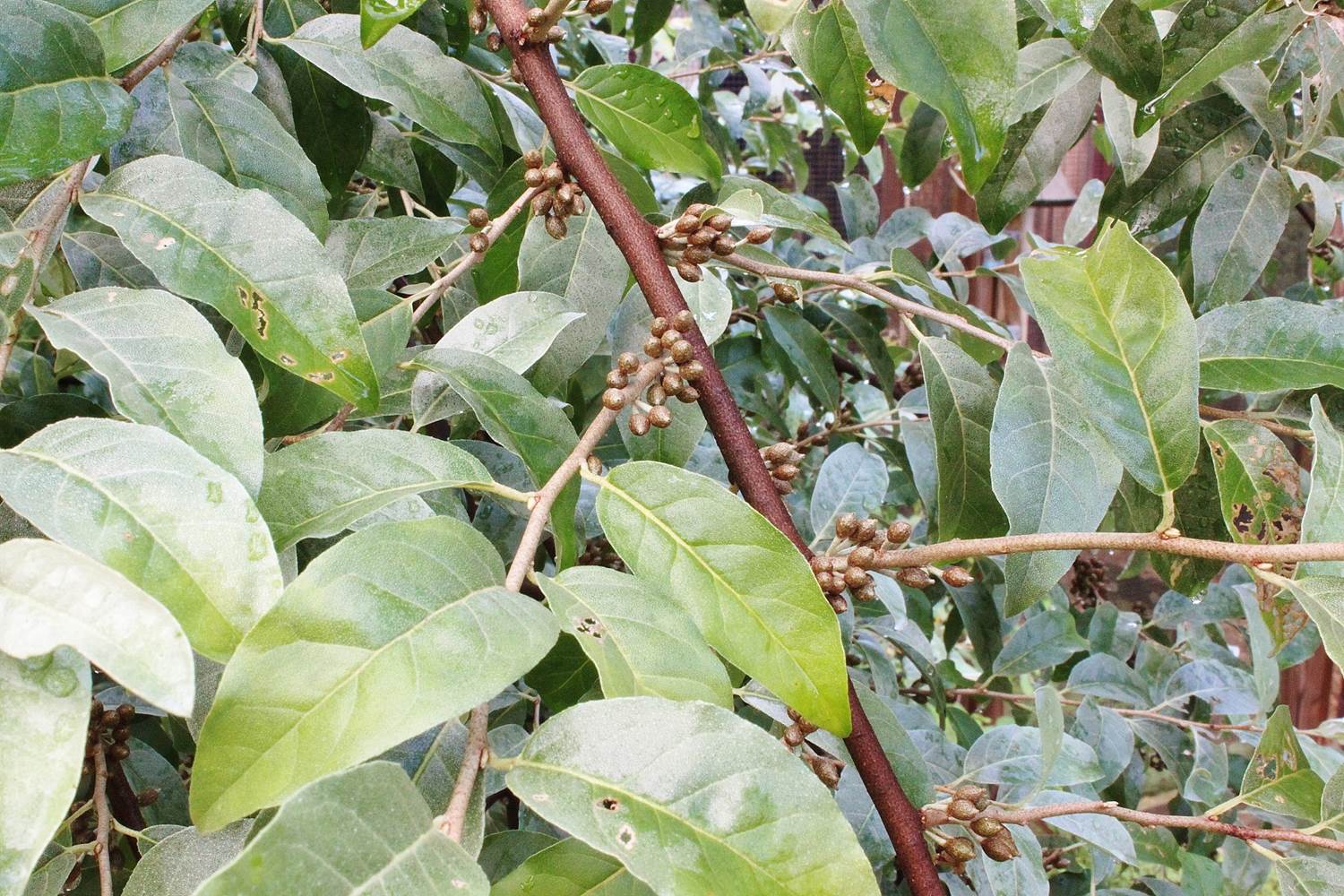
Autumn Olive Foraging For Autumnberries

Autumn Olive Reconnecting To Our Waterways

Autumn Olive Identification Leaves Bark Habitat Elaeagnus Umbellata

Foraging For Autumn Olives How To Identify Edible Wild Autumnberries Good Life Revival
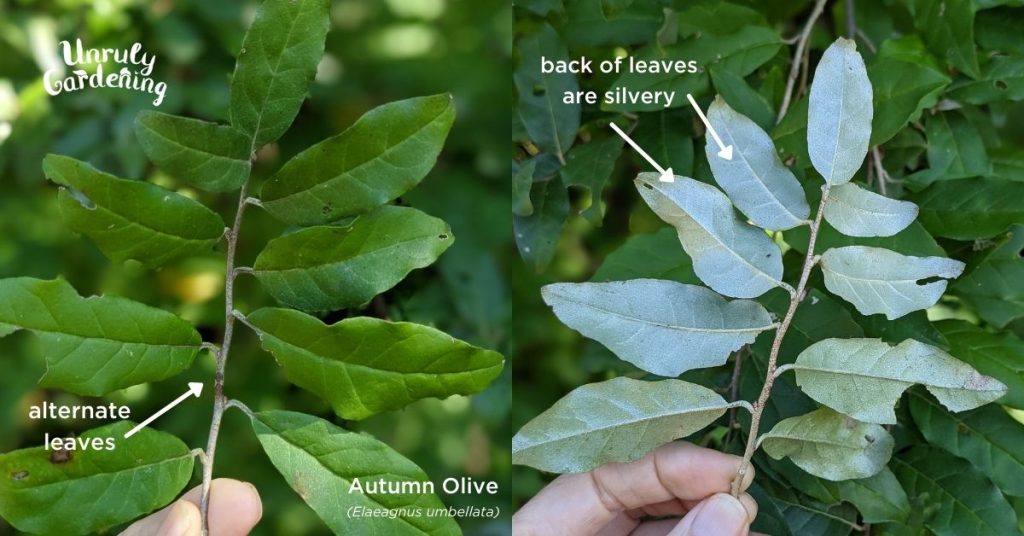
Foraging Identifying Autumn Olive Berries Lookalikes Unruly Gardening

Autumn Olive Invasive Species How To Control It
Invasive In The Spotlight Autumn Olive Extension
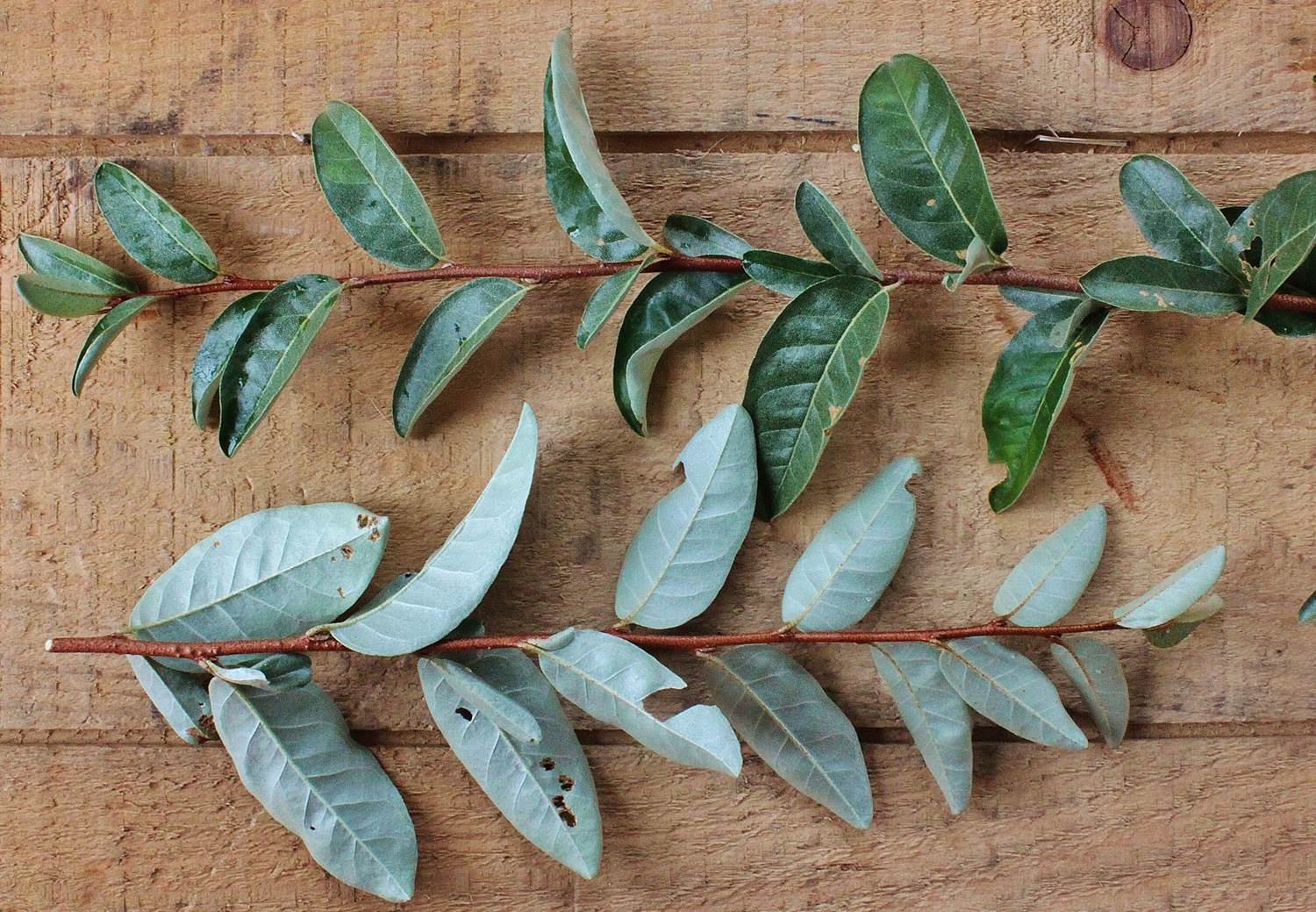
Autumn Olive Foraging For Autumnberries
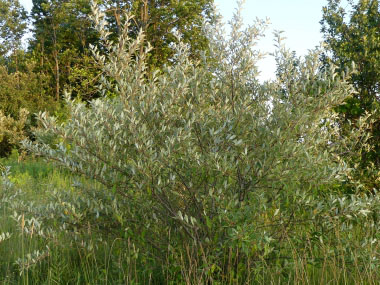
Autumn Olive Identification Leaves Bark Habitat Elaeagnus Umbellata

Invasive Exotic Plant Species Autumn Olive Elaeagnus Umbellata Vce Publications Virginia Tech

Autumn Olive Nonnative Invasive Plants Of Southern Forests A Field Guide For Identification And Control
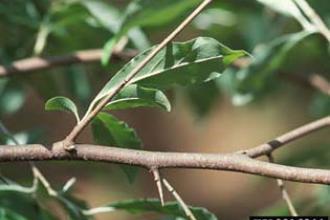
Autumn Olive National Invasive Species Information Center

Autumn Olive Identification Leaves Bark Habitat Elaeagnus Umbellata

Autumn Olive Japanese Silverberry Mdc Teacher Portal

Autumn Olive Identification Leaves Bark Habitat Elaeagnus Umbellata

